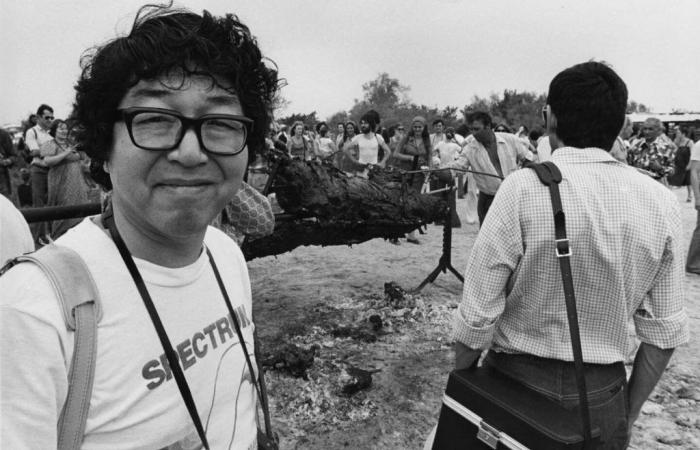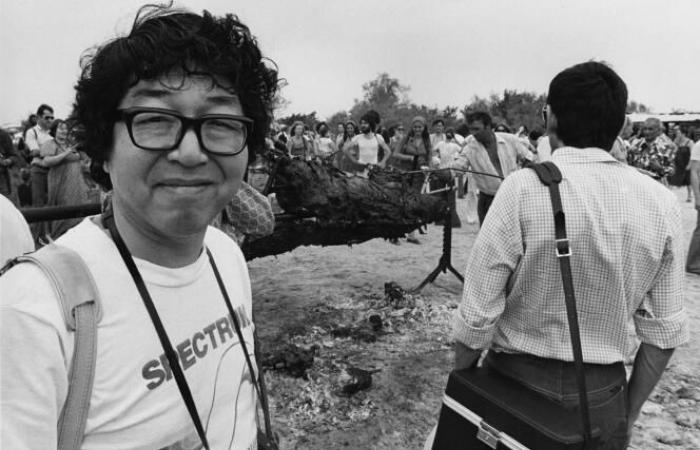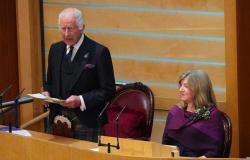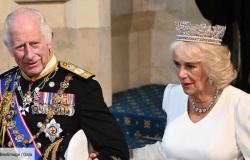With the death of Eikoh Hosoe, a tutelary figure in Japanese photography disappears. Author, in the post-war period, of a pioneering work with expressionist subjectivity, close to performance, he has long been a conduit for photography in his country, thanks to his extensive exchanges with foreign artists and his role as director of the Museum of Photography (KMoPA) in Kiyosato, near Tokyo, since its creation in 1995. He died on September 16, at the age of 91, after having marked his era with tormented photographs of troubled sensuality.
When Eikoh Hosoe began his career in the early 1950s, he adhered to the style of social documentary then very common in post-war Japan. His first images bear witness to the American presence in the country and daily life in working-class neighborhoods. The photographer, who speaks English very well, is already open to the West, and decides to change his first name from Toshihiro to Eikoh, which he considers more modern and which means “the great English man”.
With five other photographers, including Shomei Tomatsu (1930-2012) and Akira Tanno (1925-2015), he created a landmark collective, inspired by the model of the Magnum agency. He called it Vivo – “life” in Esperanto – with the idea of going beyond the confines of the documentary and addressing an audience that would not only be Japanese. A founding experience, even if it ends after four years.
Unique aesthetics
It was his discovery of the world of dance that brought about a radical turning point for him, and in particular his meeting with the dancer Tatsumi Hijikata (1928-1986), his lifelong friend and accomplice. In 1959, Eikoh Hosoe saw him perform in the adaptation of a text by the writer Yukio Mishima (1925-1970), Kinjiki (1951) (Forbidden LovesGallimard, 1989), which tells of homosexual loves.
This show will go down in history as the founding moment of buto, this avant-garde dance theater, slow and minimal, in total break with traditional Japanese performing arts. Totally captivated by the performance, Eikoh Hosoe will collaborate with Tatsumi Hijikata and Kazuo Ohno (1906-2010), co-founder of buto, in several works with unique aesthetics.
Also read (2000) | Article reserved for our subscribers Buto, extreme dance
Add to your selections
The series Man and Woman, which will be the subject of a book in 1961, thus features a naked man and woman in hallucinatory images, consumed by darkness, both sensual and disturbing. At Eikoh Hosoe, the image will now be the support of an exacerbated subjectivity. The whole thing, accompanied by poems by Taro Yamamoto (1925-1988), caused a sensation.
You have 45.98% of this article left to read. The rest is reserved for subscribers.







